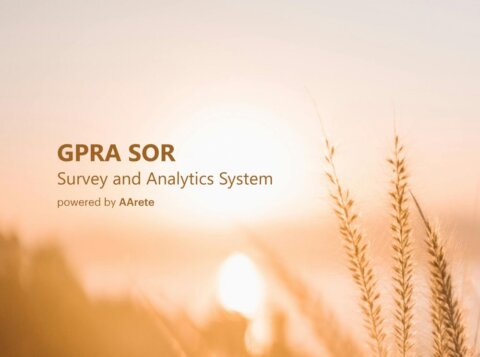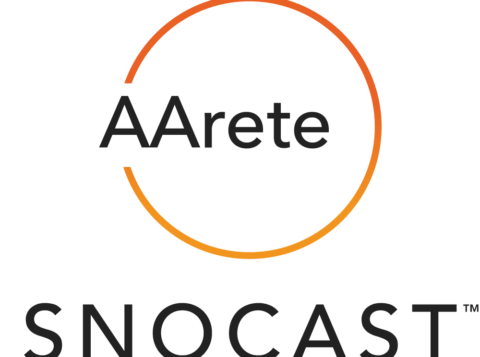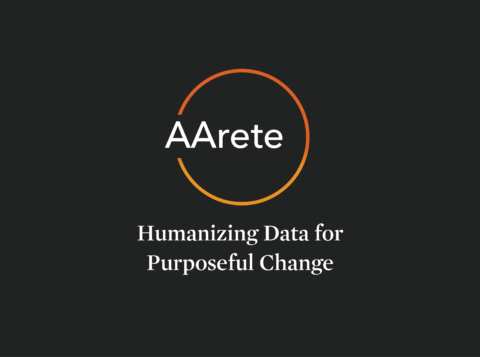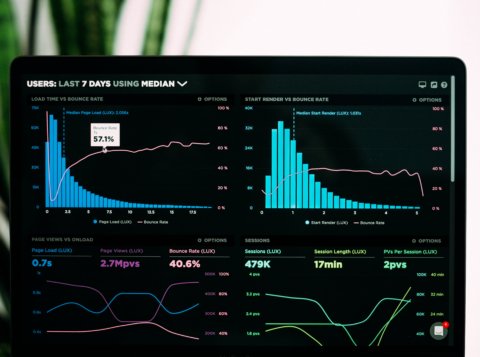A Look at Looker (and a Comparison to a Competitor Platform)

Have you been evaluating Looker for your organization? Read more to learn about this new analytical platform’s features and how it compares to a more established business intelligence tool.
What is Looker?
For the data warehouse platform a core requirement was to scale storage and compute for very sophisticated set analytics and calculations. However the usage concurrency was very lumpy.
Looker is a cloud-based analytics platform that helps businesses capture and analyze data from multiple sources. It is designed to sit on top of the data infrastructure ecosystem, taking advantage of modern, cloud enterprise data warehouses.
Since Looker is a platform designed with exploration in mind, it can help users make faster business decisions. There is little to no need to wait on the developers to make the data or insights available to users. Once the model is defined, users can leverage this data platform to get answers to their ad-hoc questions.
Looker provides the option of hosting Looker on-cloud or on-premise. The hosted instance greatly reduces the effort required to install, configure, and maintain the application.
Making use of powerful analytical databases like Snowflake, Looker processes 100% on the database end.
LookML, which is the foundation for Looker, is an abstraction layer where the data model is defined. This semantic middle layer gives the ability to centralize all of the data definitions for end users. By translating a question into an analytical query, it enables non-technical users to independently answer their questions. The “explore from here” option gives users the highest or the lowest granularity of data to perform their analysis or even perform joins on multiple datasets called explores.
How Does it Compare to a Platform Such as MicroStrategy?
Unlike MicroStrategy, Looker does not have an analytical engine. LookML connects directly to the database and returns the result to the user based on the business logic defined within it. Caches in Looker can be enabled by using data groups in models or explores.
Looker provides an option to use HTML tags with measures and dimensions which could be useful in situations where consistent formatting needs to be applied to a certain object throughout the project. In addition, a “sudoing” function is available that could be very helpful while we monitor an issue a customer might be seeing by letting us see what they see. These features are not available in MSTR.
Looker lets us schedule data delivery to users with additional options to send data only when the data has changed since the report was last run, or to send only if there are results or no results are returned.
The chart below lists some of the functionalities in MicroStrategy and its equivalent in Looker.
| MicroStrategy Terminology | Looker Terminology |
| Report | Look |
| Dashboards | Dashboards |
| Architect | LookML Model |
| Cubes | Explores |
| Attributes | Dimensions |
| Metric | Measure |
| Hierarchy | Relationship |
| Filters | Filters can be defined within/outside the explores. Basic, advanced & custom filters available. |
| Security Filters | Access Filters & User attribute |
| Level Dimensions | Derived tables |
| Prompts | Liquid Parameters |
| Custom Groups | Tier dimensions |
| Panel selection | Not available in Looker |
| User creation | Can create, edit and remove users |
| Metadata | Information Schema available(i_looker) |
| Log and Usage | Backup & Logs are available along with sample usage dashboards that can be customized |
| Deployment | Dev to Prod using Git integration for version control |
| ACL | Access Control and Permission Management for content access, data access and feature access |
| Offline interactive Dashboards | Not available |
| Cache creation | Datagroups |
| Customize colors and fonts | Customize colors and fonts using HTML |
Conclusion
Making its debut only this year in the Gartner Magic Quadrant for Analytics and Business Intelligence, Looker now stands head-to-head with the likes of the Microstrategy and Tableau generation, drawing more competitive evaluations. Looker has a wide range of customers including Fitbit, Cigna, and GitHub, but the most traction seems to be with late stage startups and smaller companies that are looking for speed to deployment.
The tool has added value to self-service, embedding and publishing analytic content and thereby has the advantage of ease of use of content for authors and consumers. In addition, the in-app support is very helpful and quick to respond to any questions.


































































































































